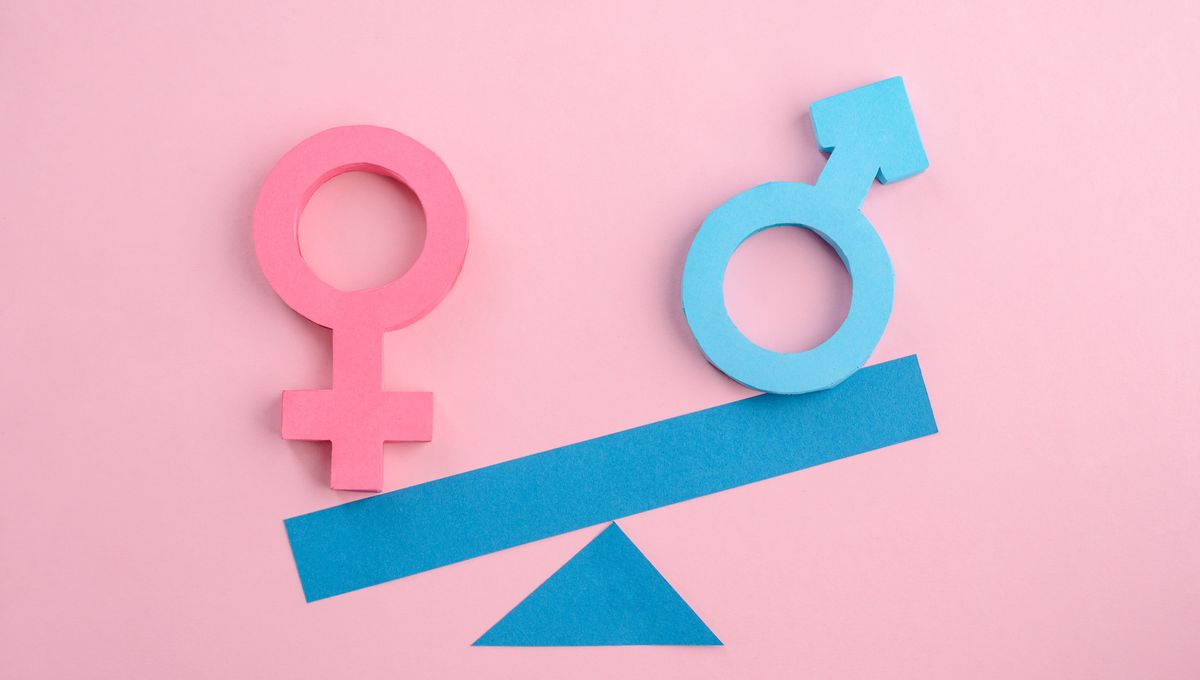
Adult women with attention-deficit/hyperactivity disorder (ADHD) receive their diagnosis on average five years later than men do, even when their symptoms arose at the same age and despite the fact that women’s symptoms tend to have a more negative impact on their wellbeing.
New research looked at a sample of 900 adults with ADHD receiving their diagnosis for the first time at a specialist clinic in Barcelona, Spain. On average, the women in the sample had been diagnosed at 28.96 years of age; for the men, the average age at diagnosis was 24.13 years.
While both males and females reported symptoms appearing at roughly the same age, there were other differences between the sexes. Men were around three times more likely to have experienced legal problems (18.1 percent vs. 6.6 percent). The women, despite being diagnosed so much later, generally exhibited more severe symptoms of ADHD and were found to be more impacted by anxiety and depression.
The authors believe that women’s ADHD going unrecognized for longer leads to their worse outcomes in terms of wellbeing and quality of life.
“Our findings suggest that we may be missing the early signs in girls and women, especially when their symptoms are less disruptive but still impactful. This has clear implications for earlier screening and sex-sensitive diagnostic tools,” said lead researcher Dr Silvia Amoretti in a statement.
“We didn’t set out to compare the age of diagnosis in males and females, we were aiming to understand the general age when symptoms appear, regardless of sex. This finding was not part of our initial hypotheses but became evident during the analysis but became evident during the analysis, and the scale of the difference in diagnosis between the sexes was a surprise.”
The study adds to other literature suggesting that men with ADHD have higher rates of substance use disorders and disruptive behavior disorders. The authors say that a better understanding of how these and other comorbidities affect men and women differently can help inform better screening and treatment programs.
ADHD in boys and young men tends to manifest as hyperactive or impulsive behavior, Amoretti explained, meaning that it may be picked up at an earlier age. By contrast, girls and young women may be written off as “inattentive”. “This becomes clinically important, as it means that women are just not treated early enough, and often are just not diagnosed at all,” Amoretti added.
It’s not totally clear why ADHD looks so different in males and females. One possibility the authors raise is that hormonal fluctuations in women can impact things like emotional regulation and executive dysfunction, which could compound to worsen the day-to-day impact of ADHD.
Awareness of ADHD in adults has increased exponentially in recent years; it’s a big topic of conversation across social media platforms, and a number of celebrities have shared their own diagnoses publicly. Diagnosis rates are also increasing, but this study adds to concerns about a continuing sex-based disparity.
“The nature of the condition leads to poorer diagnosis in women everywhere,” said Amoretti, “meaning that women can lose on average five years of treatment, five years of a better life.”
The research was presented at the 38th ECNP Congress in Amsterdam and is published in European Psychiatry.
Source Link: Women Are Diagnosed With ADHD 5 Years Later Than Men, Even With Worse Symptoms